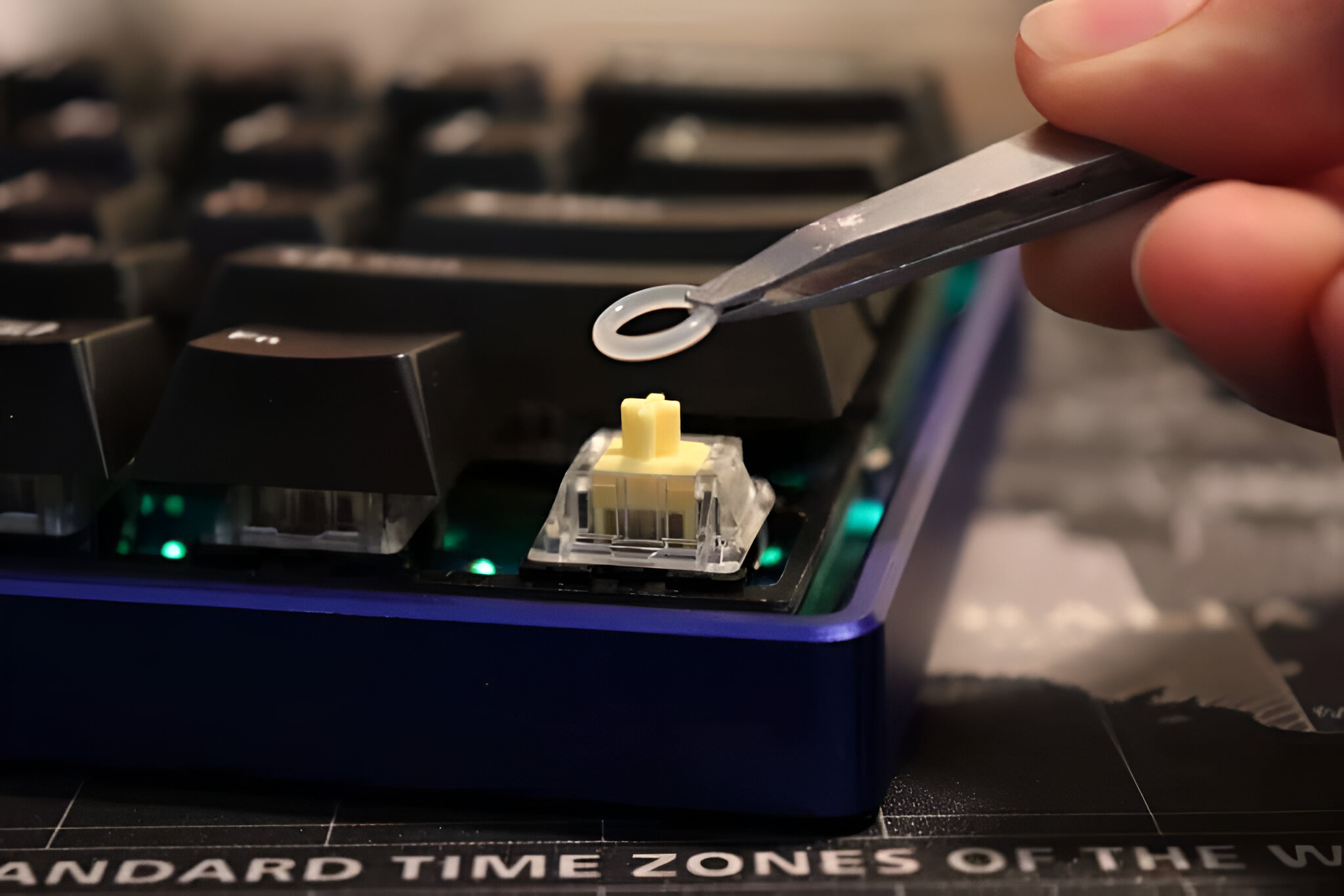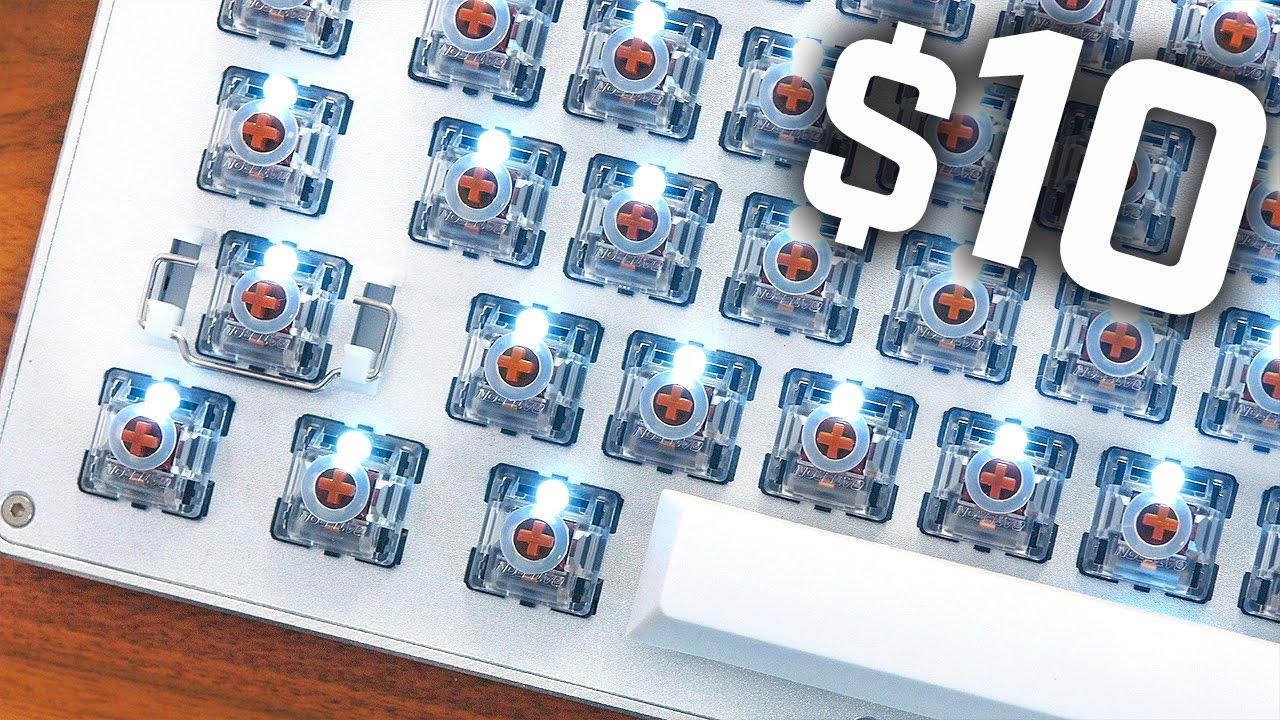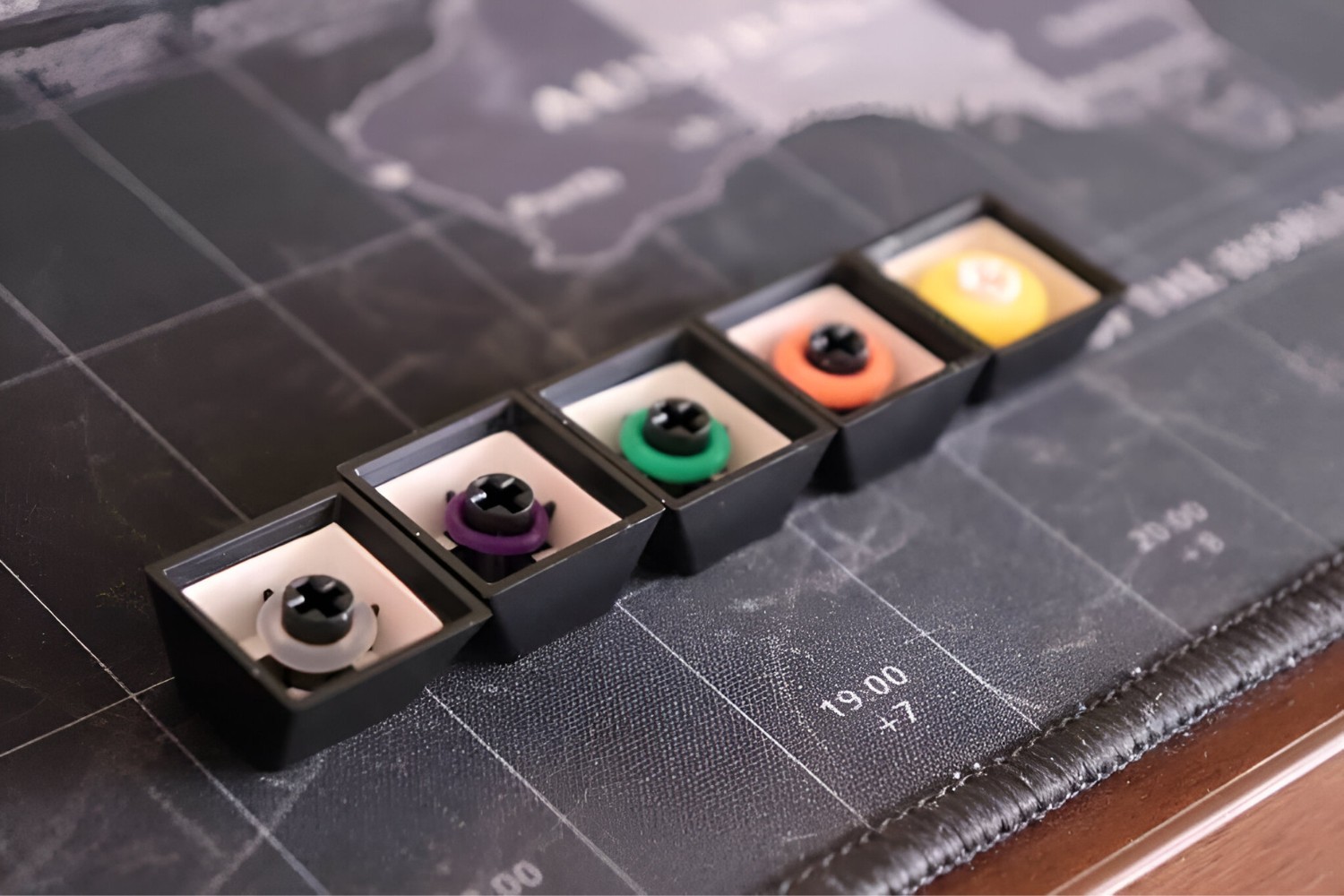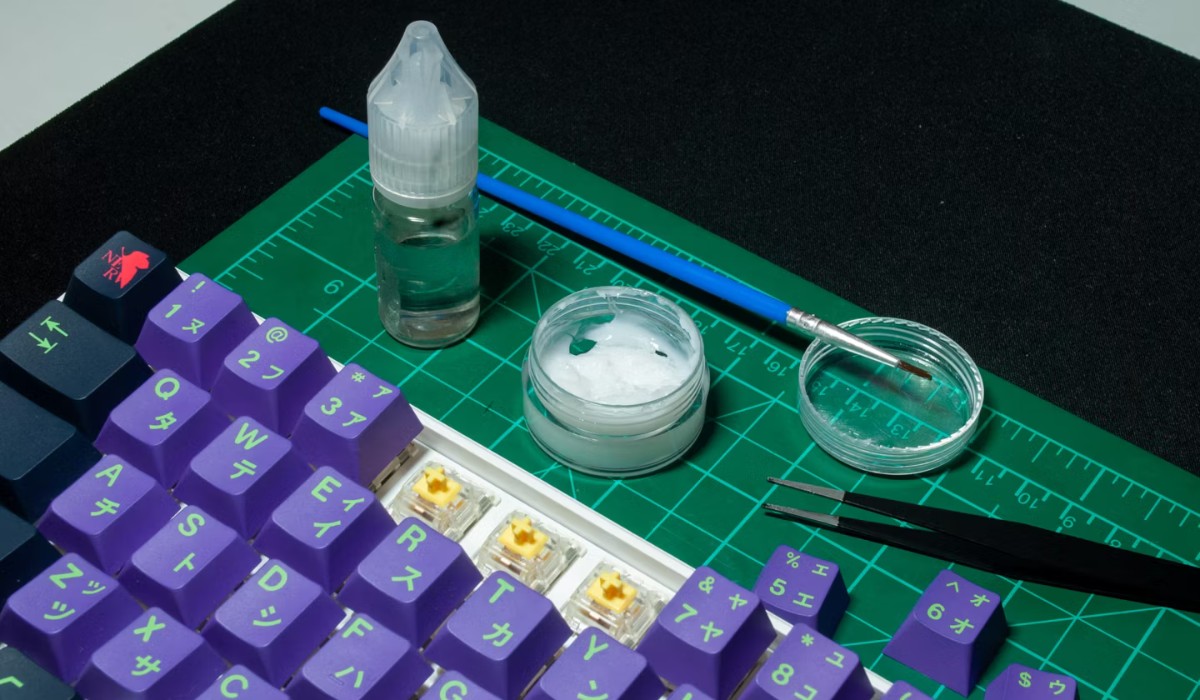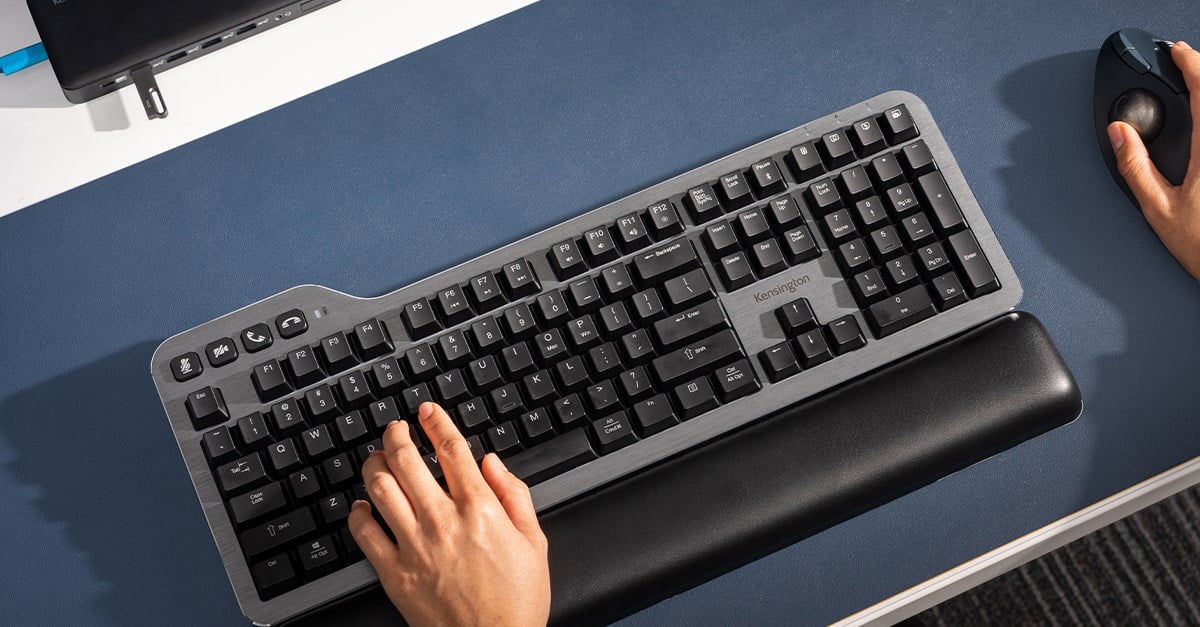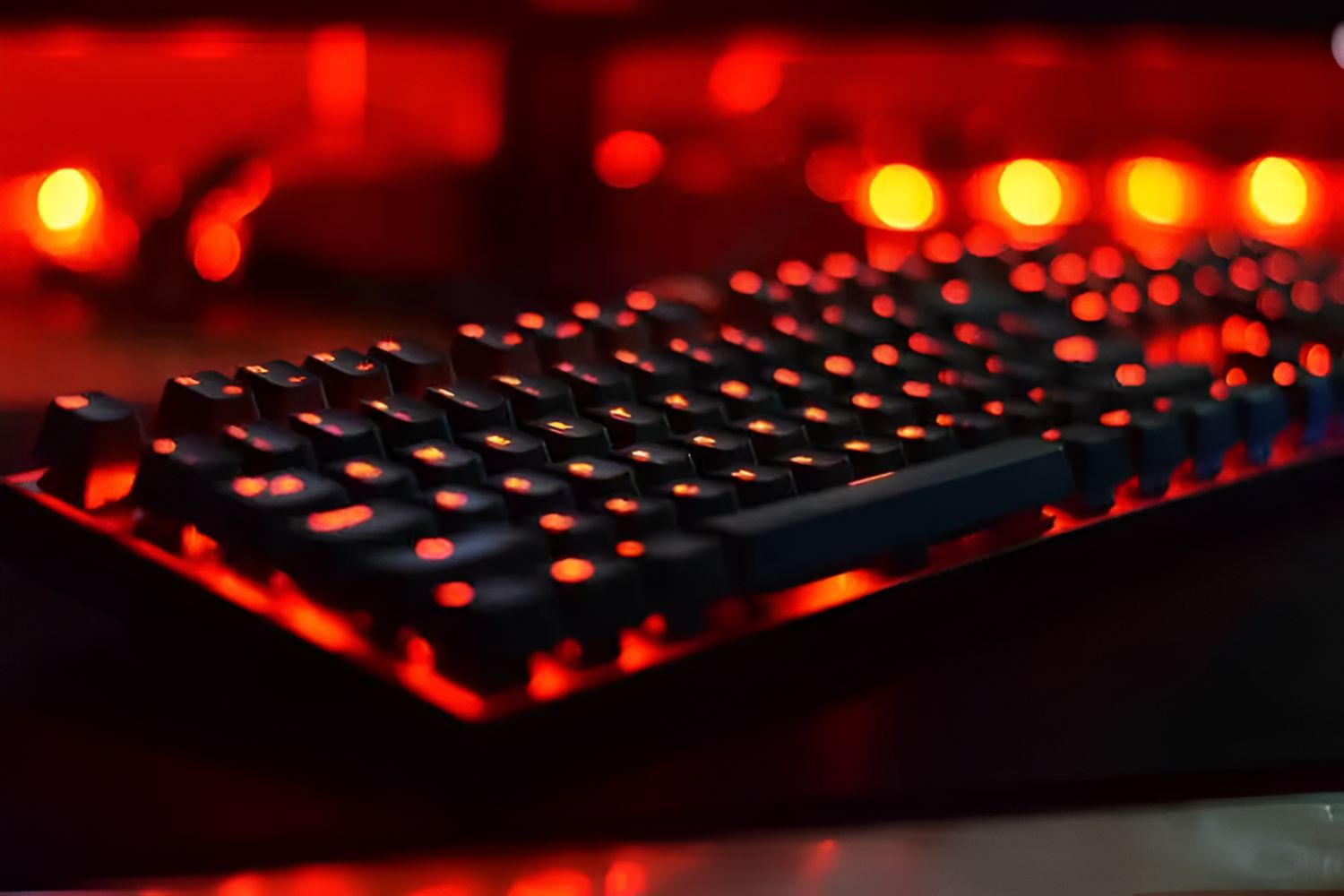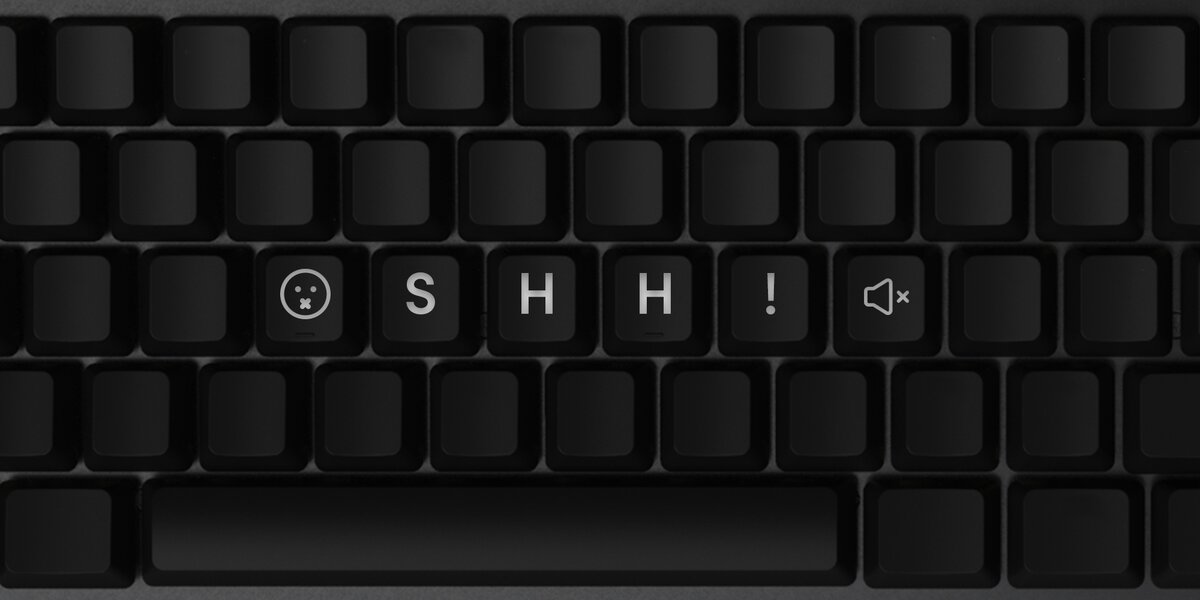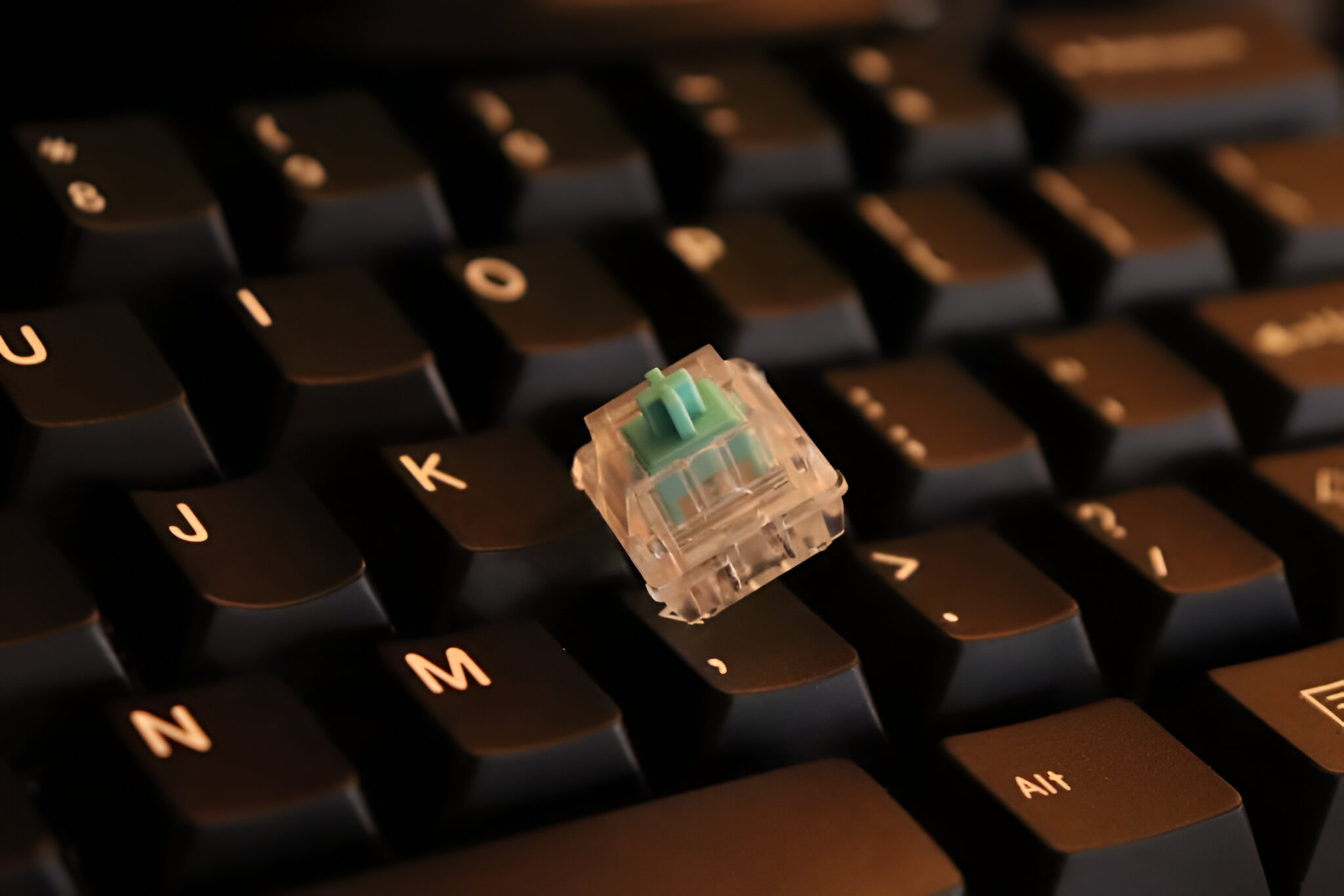Introduction
Are you tired of the loud clacking noise that emanates from your mechanical keyboard, disturbing your peace and annoying those around you? Fear not, as there are several effective methods to reduce the noise of your beloved mechanical keyboard. Whether you're a passionate gamer, a dedicated coder, or a prolific writer, the incessant clatter of your keyboard can be a significant source of distraction and irritation. In this guide, we will explore various techniques to help you minimize the noise produced by your mechanical keyboard, allowing you to enjoy a quieter typing experience without sacrificing the tactile feedback and responsiveness that mechanical keyboards are renowned for.
A mechanical keyboard is a popular choice among enthusiasts due to its durability, tactile feedback, and overall typing experience. However, the audible sound produced by the key switches can be disruptive in quiet environments, such as offices or shared workspaces. Fortunately, there are practical solutions to address this issue and tailor the keyboard to your specific preferences. Whether you're aiming to be more considerate of others around you or simply seeking a quieter typing environment for your own comfort, the following methods will help you achieve a more subdued and peaceful typing experience with your mechanical keyboard.
By exploring the options outlined in this guide, you can customize your mechanical keyboard to suit your desired level of noise, ensuring that your typing experience is both comfortable and considerate of those in your vicinity. Let's delve into the various approaches that can help you reduce the noise of your mechanical keyboard, allowing you to type away without disturbing the peace. Whether you're a seasoned keyboard aficionado or a newcomer to the world of mechanical keyboards, these techniques will empower you to tailor your keyboard to your unique preferences and create a more harmonious typing environment.
Choosing the Right Switches
When seeking to reduce the noise of a mechanical keyboard, the selection of switches plays a pivotal role in determining the overall sound output. Mechanical keyboard switches are available in various types, each offering distinct tactile feedback and acoustics. Opting for switches specifically designed to minimize noise can significantly contribute to a quieter typing experience. Cherry MX, Gateron, and Kailh are among the popular switch manufacturers that offer alternatives tailored to reduce keyboard noise.
Switches with linear actuation, such as Cherry MX Red or Black, are known for their smooth and quiet keystrokes, making them an ideal choice for individuals seeking a quieter typing experience. These switches lack the audible click associated with tactile and clicky switches, resulting in a more subdued sound profile. Alternatively, tactile switches, like Cherry MX Brown or Gateron Brown, offer a gentle bump upon actuation without the audible click, providing a quieter yet tactile typing experience.
For those who prefer a more pronounced tactile feedback, switches with dampened designs, such as Cherry MX Silent Red or Gateron Silent Brown, offer a compromise between tactile response and reduced noise. These switches incorporate built-in dampeners to mitigate the sound of key presses, resulting in a quieter typing experience without sacrificing the tactile feedback that typifies mechanical keyboards.
When selecting switches for a mechanical keyboard, it’s essential to consider the noise level associated with each switch type and choose one that aligns with your preference for sound output. By opting for switches designed to minimize noise, you can proactively reduce the overall acoustics of your mechanical keyboard, creating a quieter typing environment without compromising on tactile feedback and responsiveness.
Adding Dampeners
Another effective method to reduce the noise of a mechanical keyboard is by incorporating dampeners, which are specifically designed to mitigate the sound produced by key presses. Dampeners, also known as O-rings, are small rubber or silicone rings that can be placed on the stem of each keycap to dampen the impact and minimize the reverberation of the key switches. This simple yet impactful solution can significantly reduce the clatter associated with mechanical keyboards, creating a quieter typing experience without altering the tactile feel of the keys.
By adding dampeners to the key switches, the impact of the keycap against the keyboard plate is softened, resulting in a subdued sound output with each keystroke. This reduction in noise is particularly beneficial in shared workspaces, where considerate typing etiquette is essential. Dampeners are available in various thicknesses, allowing users to customize the level of sound dampening according to their preferences.
Installation of dampeners is a straightforward process that involves placing the O-rings on the stem of each keycap before reattaching them to the switches. This quick and non-invasive modification can be performed without requiring advanced technical expertise, making it an accessible option for individuals seeking to minimize the noise of their mechanical keyboards.
Furthermore, the addition of dampeners not only reduces the audible sound of key presses but also provides a subtle cushioning effect, enhancing the overall typing experience by creating a softer and more refined keystroke feel. This dual benefit makes dampeners an attractive solution for those who prioritize both noise reduction and tactile comfort in their mechanical keyboards.
By integrating dampeners into your mechanical keyboard, you can effectively diminish the noise generated by key presses, allowing for a quieter and more considerate typing environment without compromising the inherent qualities of your preferred key switches.
Lubricating the Switches
Applying lubricant to the switches of a mechanical keyboard is a proven method to reduce noise and enhance the overall typing experience. Lubrication serves to minimize the friction and impact between the key switches and their respective components, resulting in smoother key actuation and reduced sound output. This technique not only mitigates the audible clatter of key presses but also prolongs the longevity of the switches by minimizing wear and tear.
When lubricating mechanical keyboard switches, it is essential to use a high-quality, non-conductive lubricant specifically formulated for keyboard maintenance. Popular lubricants among keyboard enthusiasts include Krytox GPL series and Tribosys 3204, known for their compatibility with various switch types and their ability to reduce friction and noise effectively. It is important to apply the lubricant sparingly and uniformly to ensure optimal performance without impeding the functionality of the switches.
The process of lubricating switches involves carefully disassembling the keyboard, accessing the individual switches, and applying a thin layer of lubricant to the contact points and moving components. This meticulous approach ensures that the lubricant effectively reduces the friction and noise associated with key presses, resulting in a quieter and more refined typing experience. Additionally, the application of lubricant can contribute to a smoother key feel, enhancing the overall tactile feedback of the switches.
By lubricating the switches of a mechanical keyboard, enthusiasts can achieve a significant reduction in noise while simultaneously improving the responsiveness and feel of the keys. This method offers a comprehensive solution to address both the audible and tactile aspects of typing, making it a popular choice among individuals seeking to customize and optimize their mechanical keyboards for a quieter and more enjoyable typing experience.
Adjusting Typing Technique
An often overlooked yet effective approach to reducing the noise of a mechanical keyboard is through the adjustment of one’s typing technique. The manner in which keys are pressed can significantly impact the sound output of the keyboard. By adopting a softer and more deliberate typing style, individuals can minimize the audible clatter produced by key presses, creating a quieter and more considerate typing environment.
One key aspect of adjusting typing technique is to consciously apply less force when striking the keys. Mechanical keyboards are designed to register key presses with minimal actuation force, and exerting excessive pressure can result in louder and more pronounced keystrokes. By practicing a lighter and more controlled typing approach, typists can effectively reduce the overall noise generated by the keyboard without compromising typing speed or accuracy.
Additionally, focusing on a more precise and deliberate keystroke can contribute to a quieter typing experience. Rather than allowing keys to bottom out with a jarring impact, individuals can aim to actuate the keys with a gentle and controlled touch, minimizing the reverberation and sound associated with each keystroke. This nuanced adjustment in typing technique can yield a noticeable reduction in keyboard noise, particularly in shared workspaces or quiet environments.
Furthermore, maintaining proper hand and finger positioning while typing can also impact the sound output of a mechanical keyboard. Ensuring that fingers remain close to the home row and striking keys with the intended fingertips can promote a more controlled and muted typing experience. This deliberate approach to finger placement and keystroke execution can contribute to a quieter and more refined typing environment, benefiting both the typist and those in close proximity.
By conscientiously adjusting one’s typing technique to prioritize softer keystrokes, deliberate finger positioning, and controlled actuation, individuals can effectively reduce the noise produced by a mechanical keyboard. This method offers a practical and accessible means to create a quieter typing environment, complementing other noise reduction techniques and contributing to a more harmonious workspace or gaming setup.
Using a Keyboard Mat
Integrating a keyboard mat into your setup is a simple yet effective strategy to reduce the noise generated by a mechanical keyboard. These specialized mats, often referred to as desk or keyboard pads, are designed to dampen the sound of key presses and minimize the reverberation of the keyboard against the desk surface. By placing a keyboard mat beneath your mechanical keyboard, you can significantly attenuate the audible clatter, creating a quieter and more pleasant typing or gaming experience.
Keyboard mats are typically constructed from materials that offer both cushioning and sound-absorbing properties, such as rubber, foam, or neoprene. The dense yet pliable composition of these mats serves to dampen the impact of key presses, reducing the transmission of sound and vibration to the underlying surface. This results in a quieter typing environment, particularly in settings where noise reduction is a priority.
Furthermore, keyboard mats provide a soft and comfortable surface for the keyboard to rest on, enhancing the overall typing experience by offering a cushioned and stable base. This not only contributes to noise reduction but also provides ergonomic benefits, as the mat helps to absorb the shock of key presses and promotes a more comfortable and supportive typing posture.
In addition to noise reduction and ergonomic advantages, keyboard mats often feature non-slip backing, ensuring that the keyboard remains securely in place during intense typing or gaming sessions. This stability minimizes unnecessary movement and rattling of the keyboard, further contributing to a quieter and more stable typing or gaming environment.
By incorporating a keyboard mat into your workspace, you can effectively reduce the noise output of your mechanical keyboard while enhancing comfort and stability. This versatile accessory offers a practical and aesthetically pleasing solution to noise reduction, complementing other methods aimed at creating a quieter and more enjoyable typing or gaming environment.
Conclusion
As enthusiasts and professionals alike continue to embrace the unparalleled typing experience offered by mechanical keyboards, the quest for quieter typing environments has become increasingly pertinent. Fortunately, a multitude of effective methods exist to reduce the noise generated by mechanical keyboards, allowing individuals to enjoy a quieter and more considerate typing or gaming experience without compromising the distinctive tactile feedback and responsiveness that these keyboards are celebrated for.
From the strategic selection of switches designed to minimize noise to the integration of innovative accessories such as keyboard mats, individuals have a diverse array of options to tailor their mechanical keyboards to suit their specific noise preferences. Furthermore, techniques such as adding dampeners, lubricating switches, and adjusting typing technique offer nuanced and practical approaches to mitigate keyboard noise while enhancing the overall typing experience.
By combining these methods or selecting those that align with individual preferences, enthusiasts can create a personalized and harmonious typing environment that prioritizes both noise reduction and tactile satisfaction. Whether in shared workspaces, gaming setups, or home offices, the ability to customize the acoustics of a mechanical keyboard empowers individuals to enjoy a quieter and more immersive typing experience, free from the distraction of excessive keyboard noise.
As the realm of mechanical keyboards continues to evolve, the pursuit of quieter and more refined typing experiences remains a focal point for keyboard enthusiasts and professionals. By leveraging the diverse range of noise reduction techniques available, individuals can tailor their mechanical keyboards to strike the perfect balance between tactile satisfaction and considerate noise levels, ultimately creating a more harmonious and enjoyable typing environment for themselves and those around them.







